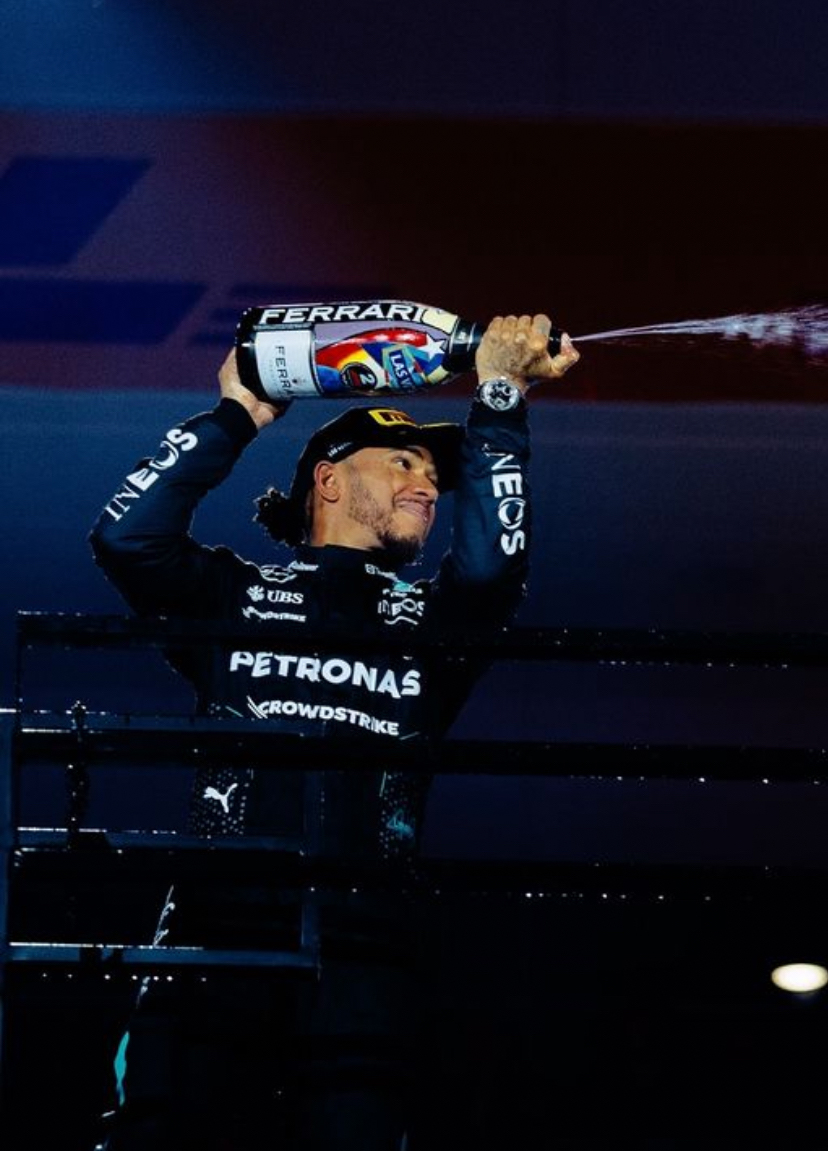The Evolution and Significance of Onboard Cameras in F1 Broadcasting

Formula 1 World Champions: A legacy of racing legends
What is the significance of onboard cameras in F1 broadcasting, and when were they introduced?
Explore the significance of onboard cameras in Formula 1 broadcasting, their introduction in the 1980s, and their role in enhancing the F1 viewing experience.
The Game-Changing Impact of Onboard Cameras in Formula 1 Broadcasting
The Early Days: Onboard Cameras in the 1980s
Onboard cameras debuted in Formula 1 during the 1985 season, marking a significant technological milestone in sports broadcasting. Installed on Francois Hesnault’s Renault RE60 at the German Grand Prix, these early cameras provided a glimpse into what would become a transformative feature of F1 coverage.
Although the initial test did not deliver live footage, it highlighted the potential of onboard cameras to bring fans closer to the action. Engineers overcame challenges such as mounting durable, lightweight cameras that could withstand extreme speeds and vibrations, paving the way for their integration into live broadcasts by the 1990s.
The 1990s: Onboard Cameras Become Essential
By the early 1990s, onboard cameras had become a regular part of F1 broadcasts, offering live feeds from the cockpit. These cameras gave fans an immersive view of the race, showcasing drivers’ perspectives as they navigated tight corners, overtook rivals, and sped through straights at over 200 mph.
Technological advancements introduced multiple camera angles, including helmet and rearview cameras, enhancing the viewer experience. The addition of these perspectives enriched race coverage, making it more dynamic and engaging for fans worldwide.
The Impact of Onboard Cameras on Fans and Broadcasting
An Unmatched Driver’s Perspective
Onboard cameras offer a unique view of the race from the driver’s seat, allowing fans to experience the intensity and skill required to pilot an F1 car. This perspective highlights the split-second decisions and exceptional reflexes that define Formula 1’s elite drivers.
Real-Time Drama and Insights
Whether it’s a daring overtake or a high-speed battle, onboard cameras capture the race’s most thrilling moments up close. They also reveal drivers’ emotions and reactions during pivotal incidents, adding authenticity and depth to the broadcast.
Understanding Strategy and Technique
Fans can analyze racing lines, braking points, and throttle inputs through onboard footage, gaining insights into the strategies and skills required for success. This is particularly valuable during qualifying laps and in challenging conditions, where precision is paramount.
Modern Innovations: Multiple Feeds and 360-Degree Cameras
Advances in technology have revolutionized onboard camera systems. Today, fans can switch between multiple onboard feeds for every car on the grid, providing a customizable viewing experience through platforms like F1 TV Pro. This innovation allows viewers to follow their favorite drivers in real time.
The introduction of 360-degree cameras has further enhanced the experience, offering panoramic views of the cockpit and surroundings. Fans can see hand movements, track layouts, and competitors approaching from behind, creating a more immersive and interactive experience.
Attracting New Fans with Onboard Cameras
The firsthand perspective provided by onboard cameras has made Formula 1 more accessible to casual viewers. Helmet cams, in particular, deliver a POV-style view that simulates the sensation of being in the driver’s seat, captivating new audiences and demystifying the sport’s complexities.
This engaging visual element has become a powerful tool for introducing Formula 1 to a broader audience, drawing in fans who appreciate the adrenaline and skill on display.
Conclusion: A Cornerstone of F1 Broadcasting
Since their introduction in the 1980s, onboard cameras have transformed Formula 1 broadcasting, offering fans unparalleled immersion and insight. These cameras have become an indispensable feature of modern F1 coverage, elevating the sport’s appeal and creating a deeper connection between fans and the action on track.
As technology continues to evolve, onboard cameras will remain at the forefront of F1 broadcasting innovation, ensuring that fans experience the thrill of racing like never before.
Up Next


